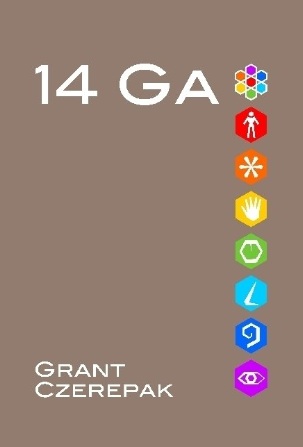Working with the hexads and the Six Hats, Six Coats model has raised some interesting conceptual questions. This post is an incomplete attempt to address them.

We have many personas within each of us. This is evidenced by our ExtraPersonal behaviour. Depending on the environment we interact within we present different behavior. ExtraPersonal thought manages our personas. This meets our safety need.
To satisfy our physiological needs our InterPersonal behavior is exhibited. Our personas communicate with each other. This is true internal dialog.
To engage with other systems we depend on IntraPersonal behavior. These are the sensory-motor functions as guided by a single persona.
I’m trying to think about how this hexad affects the Moffett Universe of Discourse.
Here’s the Universe before:


Here’s the Universe after:

I’m working on developing a data model to represent this new hexad structure as well:

I have been working on creating a new vocabulary to describe the associations in the hexads. I apologize for any terms I have had to invent, but a new concept requires new terms. The first three terms (ie. ExtraNetwork, InterNetwork, IntraNetwork) are external to the entity. The second three terms (ie. ExtraSpatia, InterSpatia, IntraSpatia) are internal to the entity.
MOTIVE
ExtraStrategy
InterStrategy
IntraStrategy
ExtraMotiva
InterMotiva
IntraMotiva
LOCALE
ExtraNetwork
InterNetwork
IntraNetwork
ExtraSpatia
InterSpatia
IntraSpatia
OBJECT
ExtraAssembly
InterAssembly
IntraAssembly
ExtraForma
InterForma
IntraForma
METHOD
ExtraProcess
InterProcess
IntraProcess
ExtraFunctiona
InterFunctiona
IntraFunctiona
PERSON
ExtraGroup
InterGroup
IntraGroup
ExtraPersona
InterPersona
IntraPersona
MOMENT
ExtraSequence
InterSequence
IntraSequence
ExtraTempora
InterTempora
IntraTempora
The gist of all these terms is that there are systems and associations without us and within us. For every level of granularity we establish there are levels of granularity above and below what is essentially an arbitrary “zero point”.

My thoughts on the hexad structure are gradually establishing themselves. There are still some incongruities that I am attempting to work out. One of them is individual and group phenomenology. Another is how to represent the relationships above and below the person-group horizon in the person focus as well as with the other focuses.
























